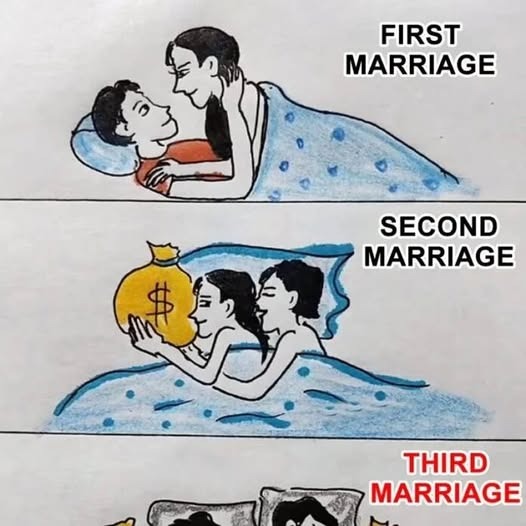Human relationships evolve over time, shaped by personal growth, life experiences, and shifting priorities. In many cultures, the journey through marriage is not just a private emotional process—it’s reflected in symbolic imagery, storytelling traditions, and even color symbolism found in astrology and art.
First Marriage: Emotional Intimacy and Idealism
Symbolic imagery:

Art and cultural depictions often portray couples in their first marriage standing close together, hands intertwined or gazing deeply into each other’s eyes. This visual motif emphasizes emotional connection, mutual discovery, and the belief in an unbounded shared future. In Western wedding photography, this is the most common pose—symbolizing unity and the merging of two lives.
Emotional and psychological perspective:
:max_bytes(150000):strip_icc()/wedding-dress-shopping-again-bride-groom-facebook-kyle-john-299c26382c9d4efd955c845d3dfcfe4e.jpg)
According to the American Psychological Association (APA), newlyweds often report higher levels of happiness and emotional fulfillment during the first years of marriage. This period is characterized by strong romantic idealism and shared goals. The early stage is also when partners are most likely to invest heavily in shared rituals, joint plans, and mutual affirmation.
However, the APA also notes that this idealism can gradually give way to more complex realities as partners adjust to shared living, negotiate differences, and face external pressures such as work, finances, and family expectations.
Astrological color associations:

In lifestyle astrology and color symbolism, first marriages are often linked to soft pinks, blush tones, and warm whites. These colors represent innocence, new beginnings, and romantic love. Pink in particular is associated with emotional openness, tenderness, and the optimism that characterizes early commitment.
Global cultural variations:
-
In China, red dominates wedding attire and décor for first marriages, symbolizing prosperity, happiness, and good fortune.
-
In Western traditions, white is a popular bridal color, representing purity and a “blank slate” for the couple’s future.
-
In India, bright red and gold are often chosen to channel both passion and divine blessings, with intricate henna designs marking the bride’s hands as a sign of joy and transformation.
Second Marriage: Practical Considerations and Stability
Symbolic imagery:
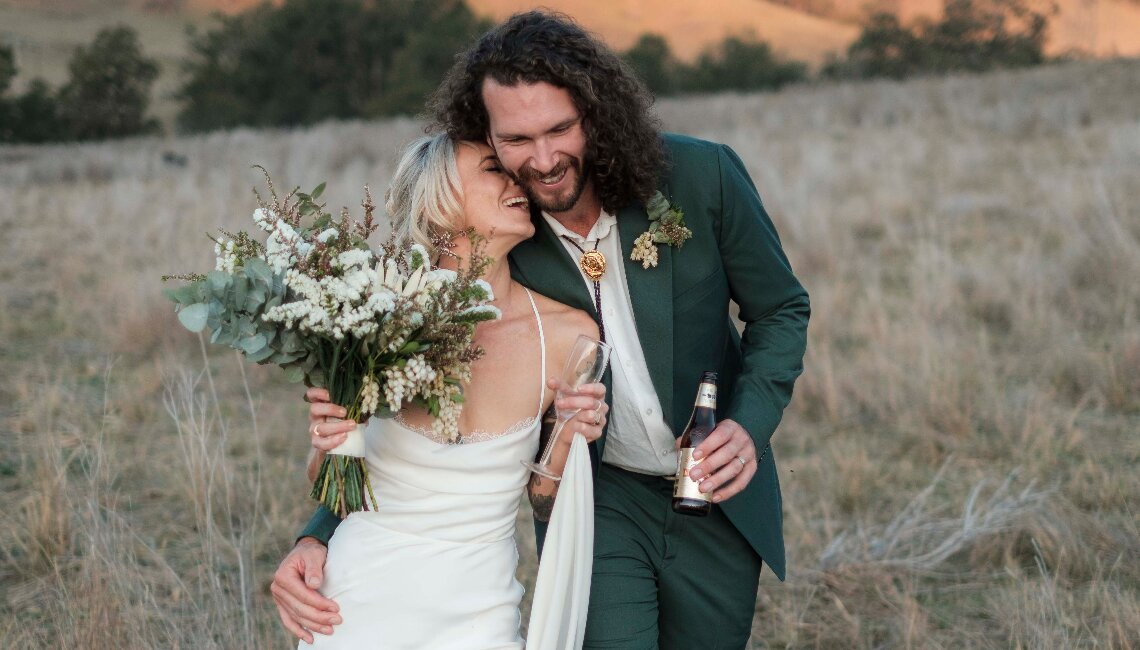
Second marriages are often portrayed in art and photography with the couple side-by-side, looking outward rather than exclusively at each other. This reflects a partnership oriented toward shared goals and external responsibilities, such as financial planning, child-rearing, or property management. The visual language shifts from purely romantic gestures to symbols of teamwork.
Data from the Pew Research Center shows that individuals entering a second marriage often place higher importance on financial security, lifestyle compatibility, and practical stability than in their first marriage. This is especially true for those who have experienced divorce or widowhood, or who bring children into the new relationship.
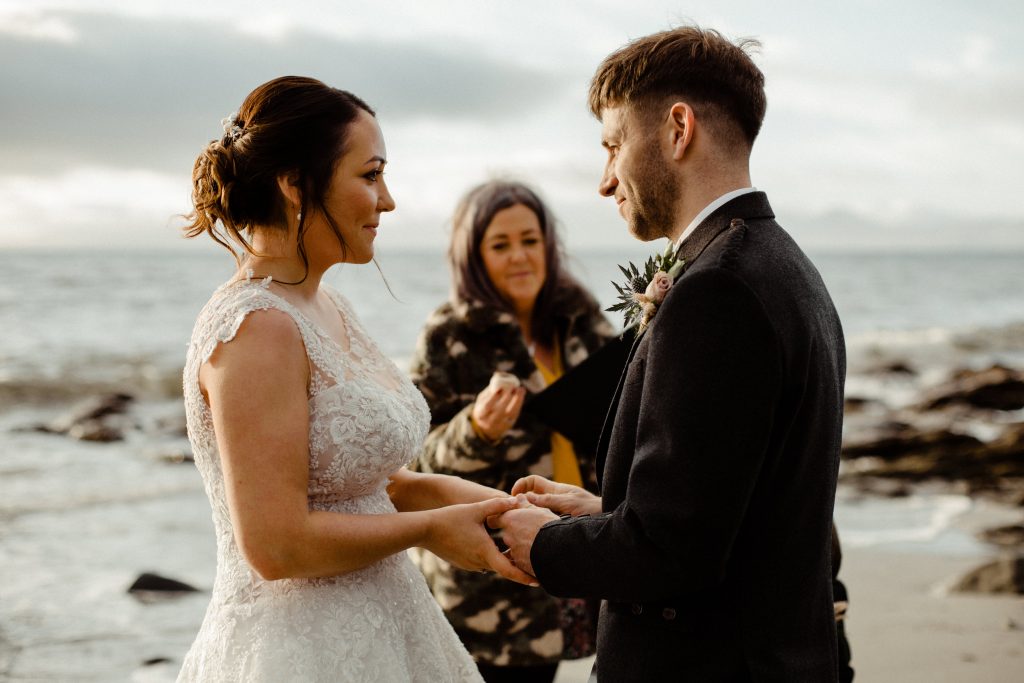
While emotional intimacy remains important, these couples may approach the union with a more pragmatic mindset. They may be less swayed by idealistic romance and more focused on long-term compatibility in values, habits, and life goals.
Astrological color associations:
In symbolic and astrological frameworks, second marriages are frequently linked to earth tones—greens, browns, and muted golds. Green represents growth, renewal, and stability, while brown signifies reliability and groundedness. Muted gold can reflect lessons learned from past relationships, as well as the desire for lasting security and mutual respect.
Global cultural variations:
-
In Japan, pastel hues like lavender and sage green are sometimes chosen for second weddings, signaling maturity and serenity.
-
In African traditional weddings, patterned fabrics for later marriages often include deeper, more subdued colors, symbolizing wisdom and life experience.
-
In some Middle Eastern traditions, silver accents may replace gold in a second marriage ceremony to represent a quieter form of dignity and stability.
Third Marriage: Companionship and Shared Life Experience
Symbolic imagery:

Imagery representing a third marriage tends to emphasize companionship over romance or financial focus. Art might depict the couple walking together in nature, sitting side-by-side on a bench, or engaging in shared hobbies. This visual framing underscores the comfort and mutual understanding that often defines later-life partnerships.
Emotional and psychological perspective:
The National Institute on Aging (NIA) highlights the critical role of companionship in emotional well-being among older adults. For those entering a third marriage, the emphasis may be less on passion or building a family, and more on mutual care, shared routines, and emotional security.
These relationships can provide a stable emotional anchor in the face of age-related changes, including retirement, health challenges, or the loss of peers. Many individuals in this stage value partners who share similar life experiences, cultural touchpoints, and personal values shaped over decades.
Astrological color associations:
Third marriages are often symbolically tied to deep blues, purples, and silver-grays. Deep blue represents trust, loyalty, and emotional depth, while purple is associated with wisdom, dignity, and spiritual connection. Silver-gray carries connotations of life experience and resilience.
Global cultural variations:
-
In Western later-life ceremonies, understated attire in shades of blue, gray, or ivory is common, symbolizing dignity and peace.
-
In Buddhist-influenced cultures, saffron or gold may be used to signify a spiritual journey shared between partners.
-
Some Indigenous traditions mark later-life unions with natural materials—woven textiles, feathers, or stone jewelry—to emphasize a connection to the land and community.
Colors and Astrology in Marriage Symbolism
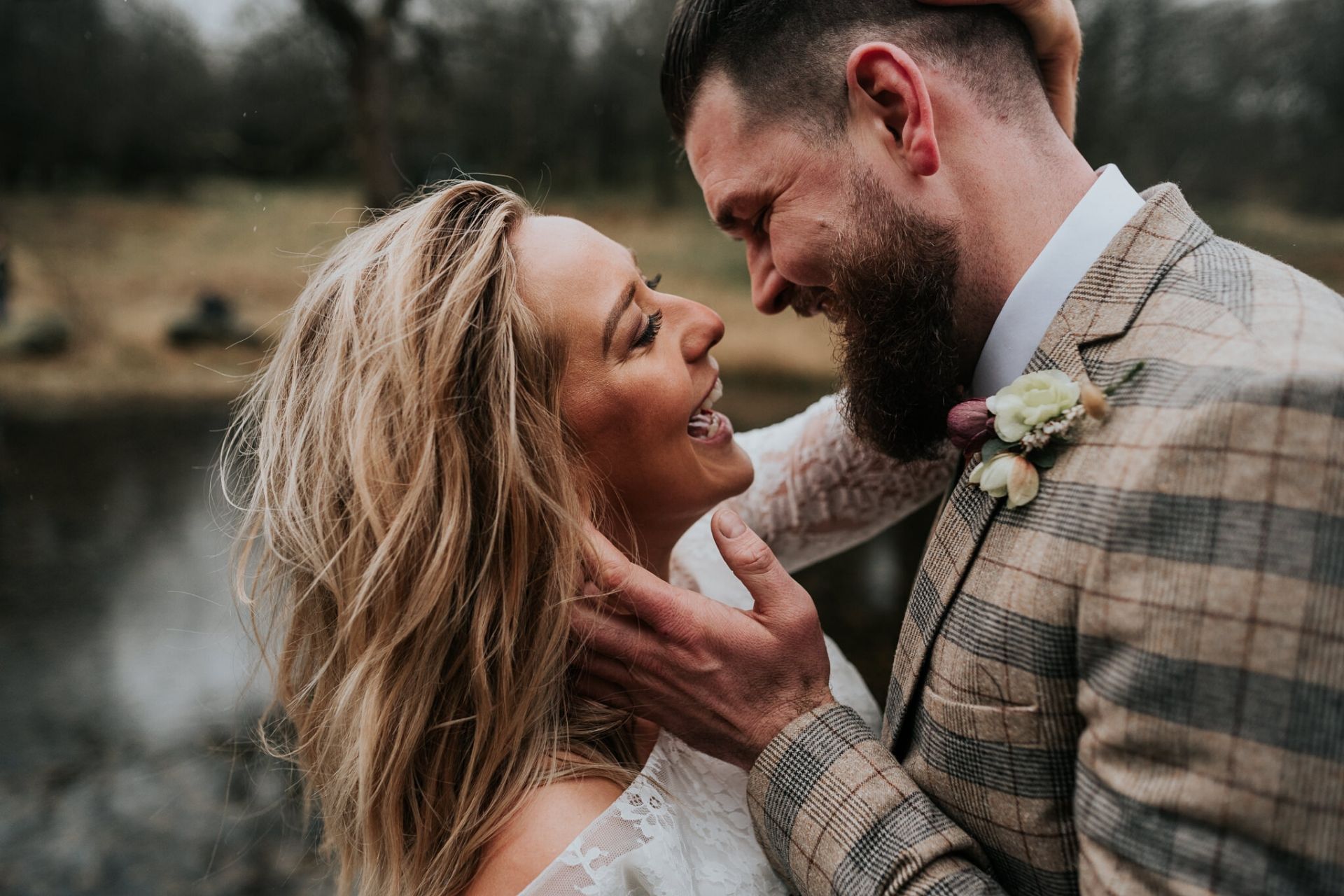
Astrology and symbolic color theory often intersect in lifestyle and wellness discussions. In this framework:
-
First Marriage: Venus-driven colors (soft pink, white) emphasize romantic attraction and new beginnings.
-
Second Marriage: Earth signs (Taurus, Virgo, Capricorn) are associated with greens, browns, and golds, reflecting practicality.
-
Third Marriage: Saturn and Neptune influences bring forward blues, purples, and grays, emphasizing wisdom, spirituality, and emotional depth.
While not rooted in empirical science, these associations can resonate on a personal or cultural level, influencing choices in ceremony design, attire, and even home décor.
Why Marriage Stages Shift
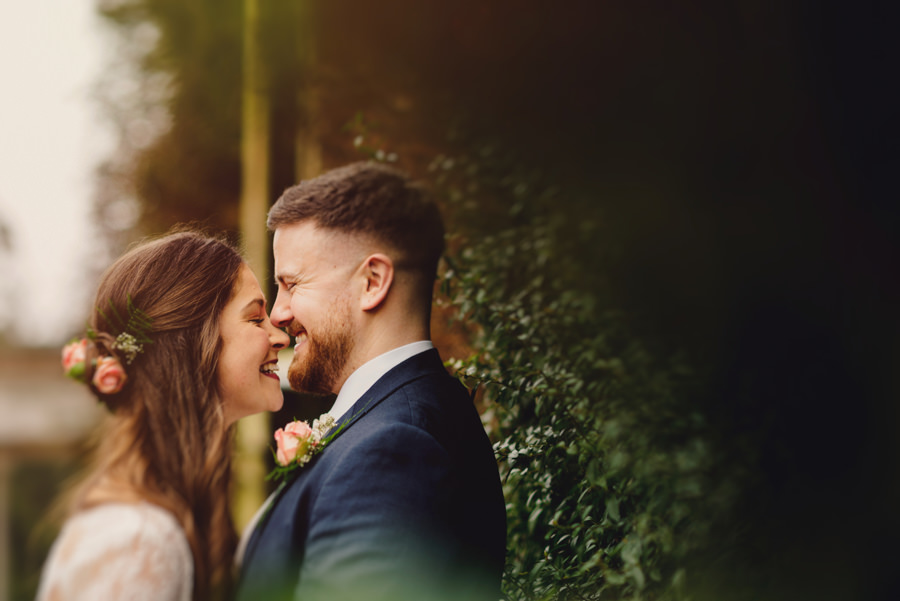
From a psychological standpoint, the changing symbolism across marriages reflects broader patterns of human development:
-
Early Adulthood – A focus on identity exploration, romance, and the creation of new life structures.
-
Midlife – Greater awareness of practical needs, family responsibilities, and resource management.
-
Later Life – Emphasis on companionship, shared meaning, and emotional comfort over ambition or novelty.
Sociologists note that these shifts are also shaped by historical and economic factors. For example, increased life expectancy has made later-life marriages more common, while shifting gender roles have altered the expectations placed on each stage of marriage.
Integrating Tradition with Modern Realities
In contemporary life, cultural traditions, symbolic imagery, and personal values often blend. A first marriage might incorporate pragmatic planning alongside romantic rituals; a second marriage could still feature strong romantic elements; a third marriage might involve shared investments or caregiving responsibilities.
Astrological and color symbolism continues to be a part of this blend—not as a predictive science, but as a meaningful aesthetic and emotional layer. Many couples choose colors or motifs not for their supposed cosmic influence, but because they align with personal identity and life stage.
Final Reflection
Marriage, in any form and at any stage, is both a personal commitment and a cultural performance. The way we represent it—through imagery, color, and tradition—says as much about societal values as it does about individual relationships.
First marriages are often cast in the bright light of romantic hope, second marriages in the grounded hues of stability, and third marriages in the deep, dignified tones of companionship. Whether one embraces or rejects the symbolic and astrological interpretations, they remain part of a long tradition of using visual and cultural language to express life’s most intimate bonds.
In the end, symbols and colors are tools—ways for couples and communities to frame meaning, mark transitions, and celebrate connection. They don’t define the relationship, but they do help tell its story.
